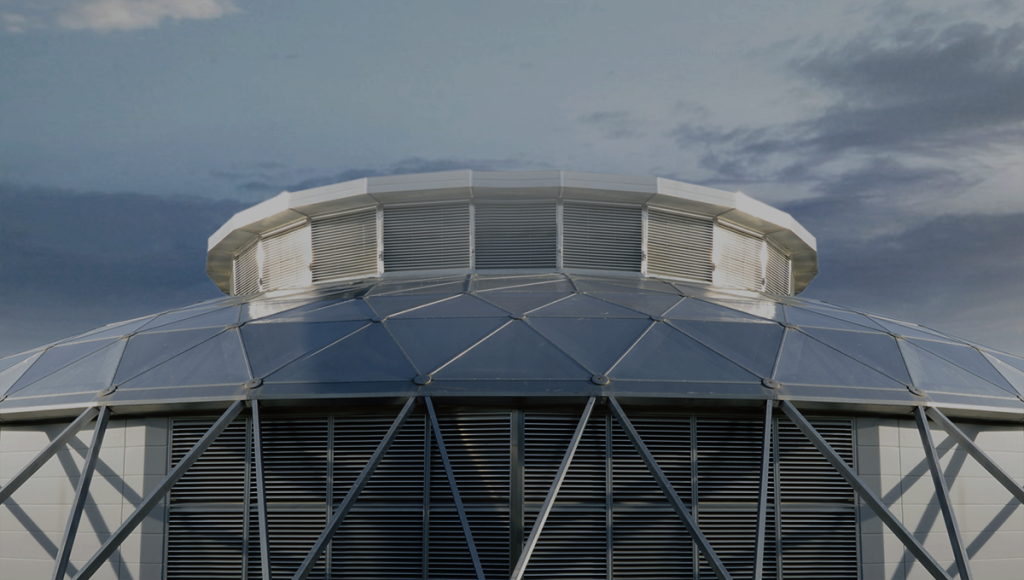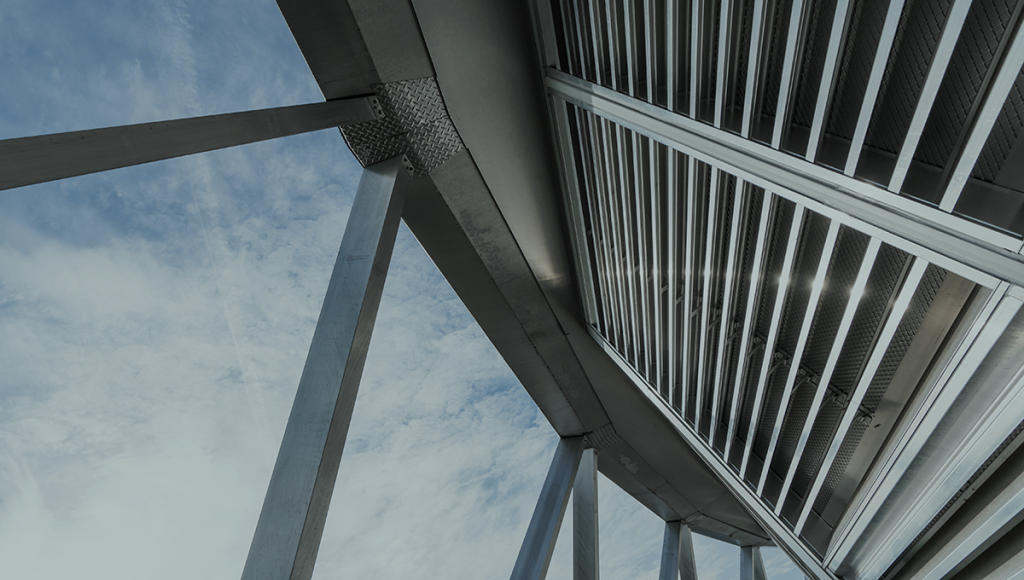Early in data center development, there was heightened concern about managing heat within server environments. This led to implementing expensive air conditioning units and strategies to mitigate heat-related issues. Which significantly inflated operational costs.
In other words, running a data center was expensive.
As both cooling systems and server capabilities evolved, rack density increased, creating new challenges in maintaining adequate airflow. These challenges began to dictate both the extent and types of equipment that could be accommodated within a single rack. Rack design transitioned from simply making sure all of your equipment could fit and be accessed, to incorporating complex considerations of heat flow dynamics dictated by the equipment’s micro environment. This shift prompted the utilization of computational fluid dynamics as a tool to pinpoint areas of concern and provide targeted solutions. One such solution was getting tighter control of the hot and cold aisles and maintaining containment.
Today, with the industry navigating an era of higher rack densities, a fresh set of challenges is anticipated. This has led to a growing interest in exploring liquid immersion cooling as a potential solution. Liquid immersion cooling offers the capability to manage rack densities that reach as high as 200 kW per rack, which is a considerable advancement in addressing cooling requirements.
Experience within the industry demonstrate a tendency to gravitate towards the latest technological advancements. This phenomenon is evident in the early surge towards cloud technology. Although initially perceived as a comprehensive solution, for some it was an expensive move that eventually led to an exodus. Now, most companies take a more balanced approach, using a hybrid cloud model that leverages cloud advantages while retaining control over essential systems.
Similarly, while liquid immersion cooling undoubtedly holds the promise of solving numerous challenges, it is not a panacea.
To begin with, not all data centers require the extreme capabilities of 200 kW racks. Even as the industry envisions an average rack density of 25 kW per rack by 2030, many data centers will continue to operate within the 10-20 kW range. Additionally, legacy telecom equipment with lower power requirements, under 10 kW per rack, will still play a significant role.
Liquid immersion cooling also introduces its own unique set of challenges, among which are concerns related to fluid leakage, disposal, equipment maintenance, and the necessary training for staff tasked with equipment retrieval and maintenance. Questions arise about protective gear, equipment handling procedures, required floor space, and potential environmental and biological exposure issues as well as landfill concerns.
While these challenges can be overcome with innovative solutions, they emphasize the notion that not all organizations should feel obligated to adopt the liquid immersion approach, especially when alternative strategies are available. Instead of fully committing to liquid immersion cooling, a more pragmatic approach would involve a hybrid strategy that strategically combines different cooling methods based on specific requirements.
While liquid immersion cooling will play a substantial role in addressing industry challenges, it’s crucial to acknowledge that it might not serve as the singular, comprehensive solution in the immediate future. Data centers operators must thoroughly evaluate their specific requirements and the intricacies that liquid immersion cooling brings before fully adopting this novel approach.
This raises the question of how to benefit from a data center that can accommodate both a traditional cooling strategy and liquid immersion? A ServerDomes data center exemplifies this versatility by seamlessly integrating its impressive free air-cooling system alongside liquid-cooled components. In addition, a ServerDome is so modular, it can transition overtime from one strategy to another as needs inevitably change. An approach that offers the advantage of harnessing the strengths of both techniques in a balanced solution that combines the best of both worlds.








